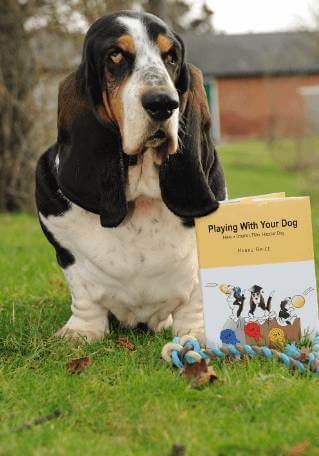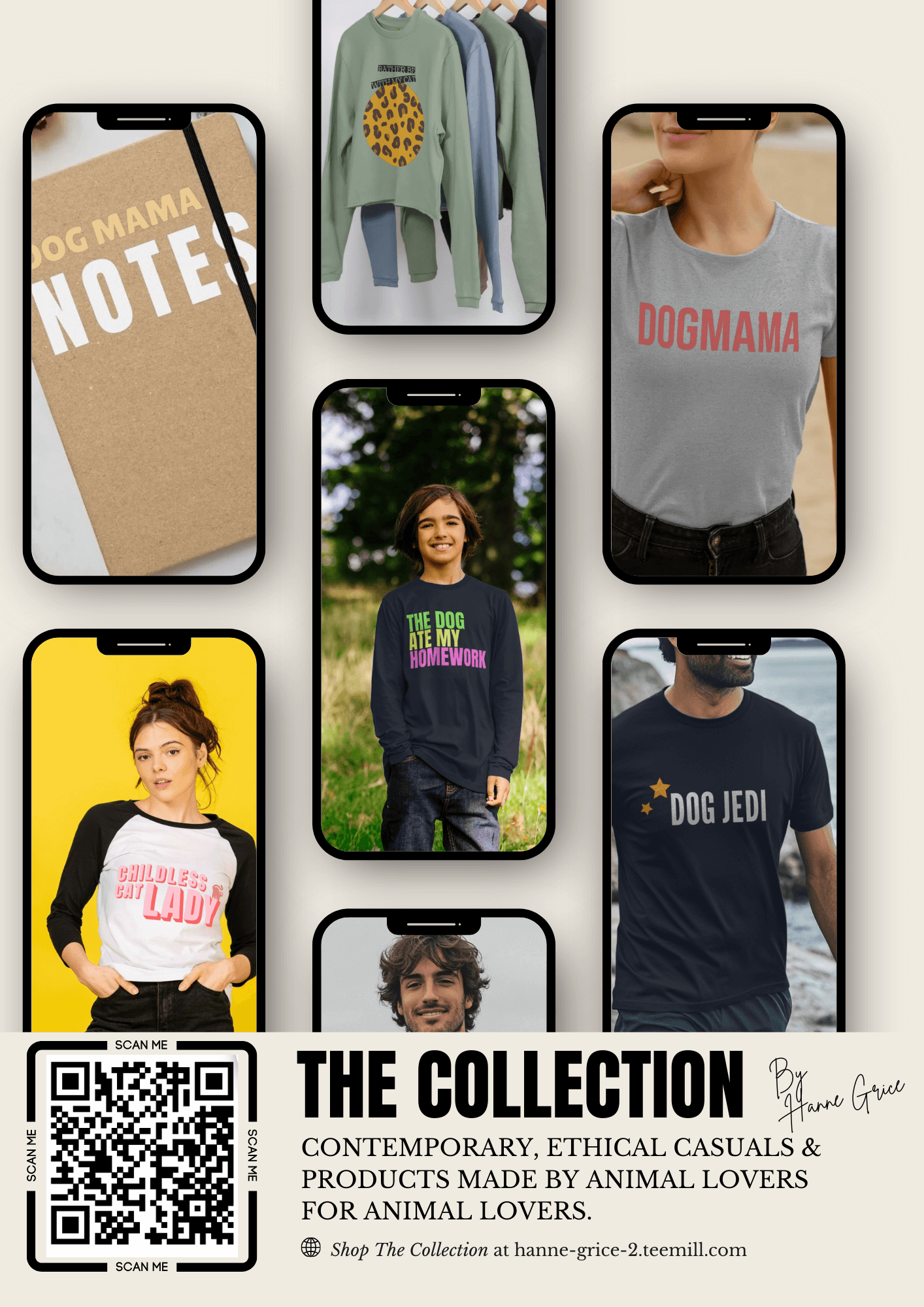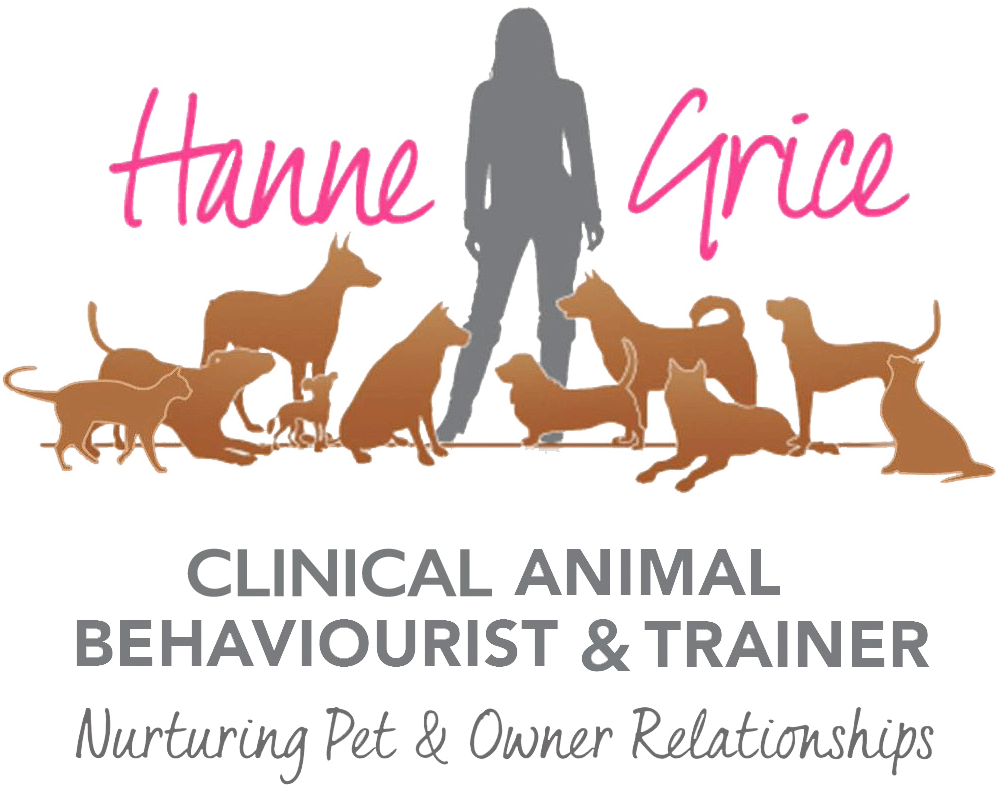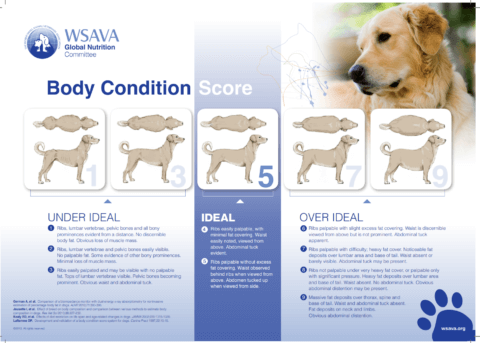For many of us the New Year marks a fresh start with promises that “this is the year I will…”.
According to CNN, the most popular resolutions are related to physical and emotional wellbeing. Of the 3,000 polled, seven out of ten people will be joining a gym or go jogging in the first two weeks of January. But it can be tough to kick the old-habits. Research shows that the average Briton breaks their resolution[s] just nine days into the New Year!
It seems our weight concerns shouldn’t be reserved for just us humans. In fact, vets across the UK are seeing more cases of obesity in pets which is leading to many health problems from mobility and breathing issues to cardio-vascular conditions. Could it be that we’re ‘killing our pets with kindness’?
The British Veterinary Association (BVA) published a survey back in 2015, it showed 95 per cent of companion animal vets said that better weight control would have a significant impact on canine health and welfare. Two thirds of all vets polled in the Voice of the Veterinary Profession survey, unsurprisingly claimed that a change in diet would make a massive difference. Click onto the Body Conditioning Chart above to see the recommended body shape for the average dog.
New Year, New Goals
If you’re thinking of kick starting a new healthy regime for yourself, why not get your pooch to be your exercise buddy too? Extra walks, playtime and dog sports like cani-cross and agility are great ways to exercise your pet’s mind and body, while helping to build your own cardio fitness.
Teaching new tricks, as well as mind games will also help generate the secretion of ‘happy’ hormones making for a happier, smarter and fitter dog – what could be better than that? Check out my book ‘Playing With Your Dog’ for ideas.
In the meantime, here are five tips for getting fit with your dog.
Top 5 Tips for getting fit with your dog
- Go the extra mile on country walks or do an extra circuit around the local park. Remember, your dog should be on a lead in the countryside when there is livestock around.
- Think toys and other reinforcers not just treats. Toys that a dog can play with and get fun exercise from can get that tail wagging as energetically as treats. It’s a great way to get you moving too. But do also take into consideration what your dog finds motivating in any given context. For example, my dog enjoys saying ‘hello’ to others. So, when I’m out on a walk and there are other sociable dogs around, I will use this as my dog’s reward when he’s done something I’ve asked him to do (such as a recall or a wait and look at me). I will then use the release words “go play” and his reward is to go and have a polite interaction with his four-legged friend. However, if your dog is highly motivated by food, then you can get Fido to work for it with hide and seek games, scatter feeding or using food puzzle toys.
- Join a club. Lots of vet practices run fit clubs and weight-control clubs. There are also some great classes and workshops around from Heel Work to Music, Hoopers, Canicross, Agility, Mantrailing and more – this can be a great way to help get you and your pet moving, meet new people and provide socialisation opportunities for your pet.
- Choose the right diet and exercise. Make sure your dog’s diet is right for the breed, size, age and the lifestyle of your pet. Always speak to your veterinarian to discuss any recommendations when it comes to a specific diet for your pet. Do be smart and strategic with the food you feed your pet, for example trainer Kathy Sdao recommends applying the Rule of 1/3s for food. This means: 1/3 of all daily calorie intake is used for training; 1/3 of all daily food intake is via enrichment (such as puzzle feeders, games etc), and the final 1/3 of food can be via the dog’s food bowl. Click here to download my handout on the Rule of 1/3s.
- Remember to warm up and warm down. Just like us, dogs need to build their stamina and strength when embarking on new sports to avoid over-stretching muscles or causing damage. Complimentary therapies that can be useful include Galen and McTimoney massage – contact your local practitioner. There are also great resources online and in print, such as Real Dog Yoga by Jo-Rosie Haffenden. All of these are great for promoting relaxation too. Also, check out my Cool Down video below to understand how we can help promote calmness and combine with general health checks to teach our dogs to better cope with being handled.
Remember, do take into consideration your dog’s conformation, age and state of health when looking at introducing any new games or sports. For example, playing Frisbee (which typically involves the dog jumping and twisting) isn’t ideal for a young pup as this could cause bone or ligament damage, and may aggravate legacy issues or arthritis in an ageing dog. If in doubt about your pet’s health, exercise regime or diet, speak to your vet because your local vet should understand your pet and his needs better than most.
Learn more about our classes

Get Hanne's book, clothing and more
Hanne has a number of publications including her book Playing With Your Dog to help owners work out the games that are best suited for their pet to play throughout his life, from puppyhood to old age, available from Amazon. Check out Hanne's range of contemporary casuals The Collection – for pet lovers made from recyclable, organic materials that are sustainably sourced.


